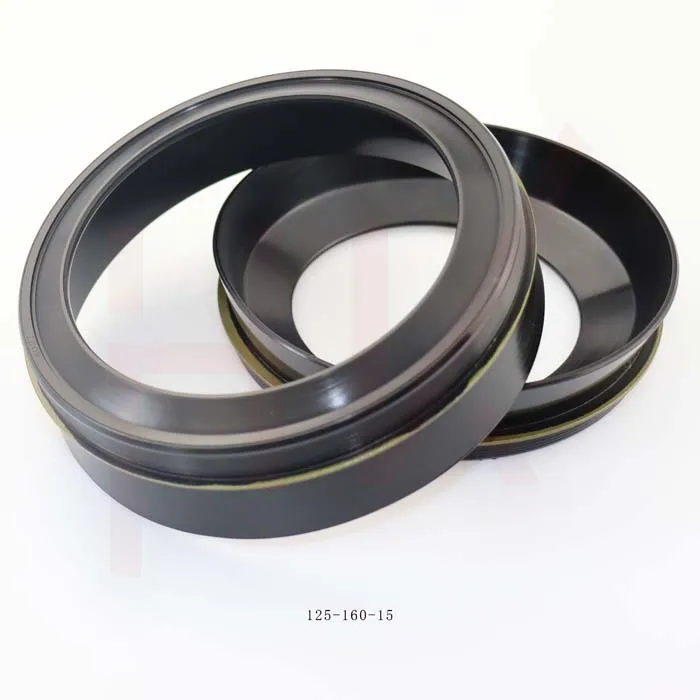ئۆكتەبىر . 07, 2024 08:28 Back to list
hub oil seals axle seals
Understanding Hub Oil Seals and Axle Seals Their Importance in Vehicle Maintenance
Hub oil seals and axle seals are essential components in vehicle maintenance that often go unnoticed, yet they play a crucial role in ensuring the reliability and longevity of automobiles. These seals are designed to prevent the leakage of lubricants and fluids, protecting critical components from wear and contamination.
What Are Hub Oil Seals?
Hub oil seals, commonly found in the wheel assembly, are designed to keep grease or oil contained within the hub of the wheel. Their primary function is to prevent dirt, moisture, and other contaminants from entering the hub, which could lead to lubrication breakdown and ultimately, component failure. Hub oil seals are typically made from durable materials such as rubber or silicone, which provide a tight seal and can withstand the varying temperatures and pressures found in wheel assemblies.
Over time, however, these seals can wear out due to friction, exposure to elements, and chemical breakdown from the lubricants used. A worn or failed hub oil seal can result in grease leaking out, which can not only lead to increased friction in the bearings but also attract dirt and debris, causing further damage to the wheel assembly.
The Role of Axle Seals
hub oil seals axle seals

Similar to hub oil seals, axle seals serve a vital purpose in preventing fluid leaks at the joints where the axle meets the transmission or differential. These seals ensure that the lubricant, which is essential for proper axle and transmission function, remains contained within the system. This is particularly important for the longevity of the vehicle, as leaking lubricant can lead to significant wear and tear on the axle components, potentially resulting in a catastrophic failure.
Axle seals are also subjected to high stress and temperatures, making their integrity critical for vehicle performance. A failure in the axle seal can lead to a variety of issues, including reduced lubrication and overheating, which can severely damage the axle and related components.
Maintenance and Replacement
Regular inspection of hub oil seals and axle seals is crucial for vehicle maintenance. Mechanics typically check these seals during routine service intervals to ensure there are no leaks. If any signs of wear, such as cracks or deformation, are observed, replacement is necessary to avoid more extensive and costly repairs down the line.
Replacing these seals can often be a straightforward process, but it requires careful attention to detail to prevent future leaks. Using high-quality seals and following manufacturer specifications during installation can greatly enhance the durability and reliability of both hub and axle seals.
In conclusion, hub oil seals and axle seals are small yet vital components that contribute to the overall efficiency and safety of a vehicle. Neglecting these seals can lead to severe mechanical issues, costly repairs, and potentially dangerous situations on the road. By understanding their importance and committing to regular maintenance, vehicle owners can ensure a smoother, safer driving experience.
-
The Trans-formative Journey of Wheel Hub Oil Seals
NewsJun.06,2025
-
Graphene-Enhanced Oil Seals: Revolutionizing High-Pressure Oil Sealing
NewsJun.06,2025
-
Future of Hydraulic Sealing: Advanced Intelligent TCN Oil Seals
NewsJun.06,2025
-
Don’t Let a Broken TCV Oil Seal Ruin Your Day
NewsJun.06,2025
-
Bio-Inspired Dust Seals for Better Sealing Performance
NewsJun.06,2025
-
Biodegradable and Sustainable Hydraulic Seal Materials
NewsJun.06,2025
-
Top Oil Seal Solutions for Your Industrial Needs
NewsMay.22,2025
Products categories
















